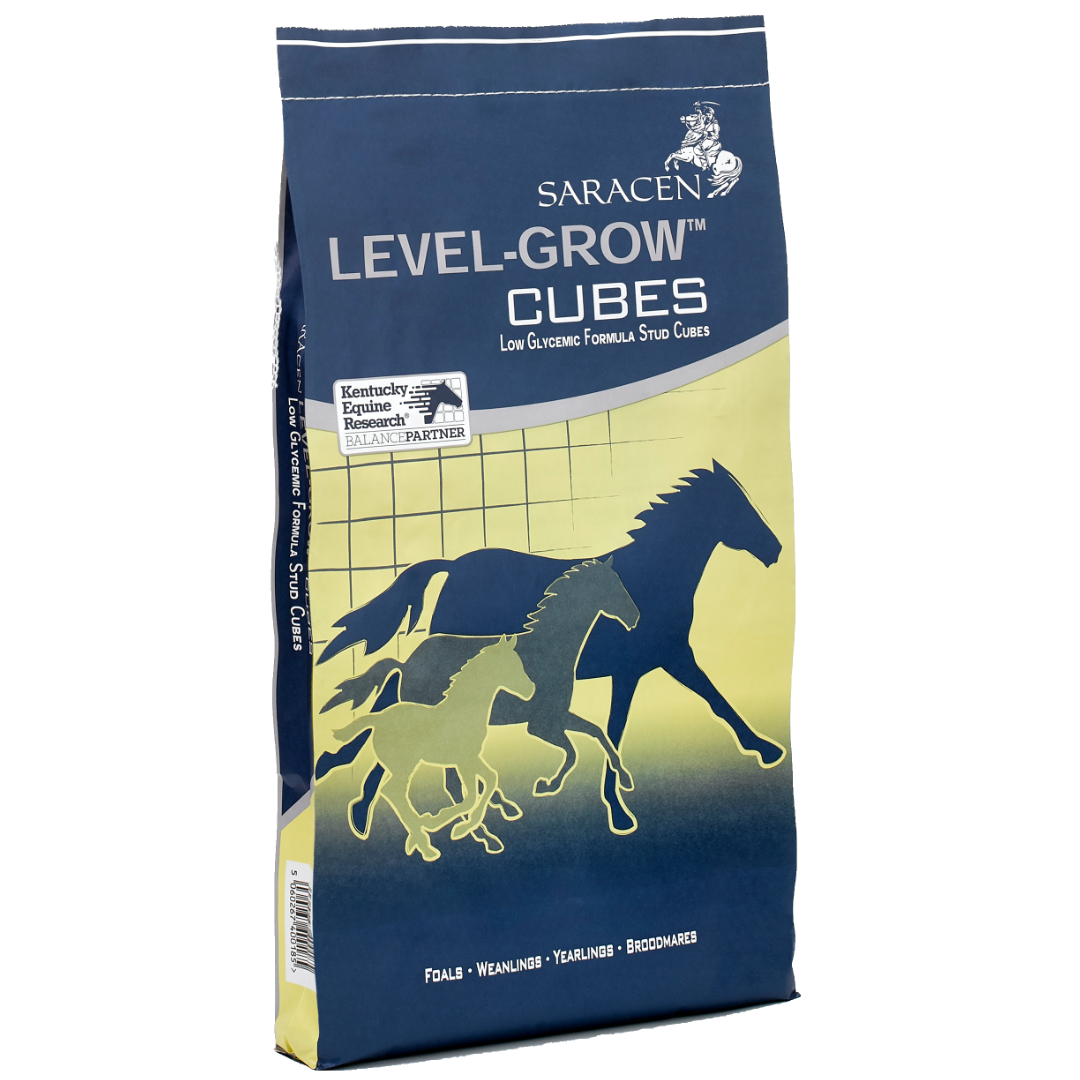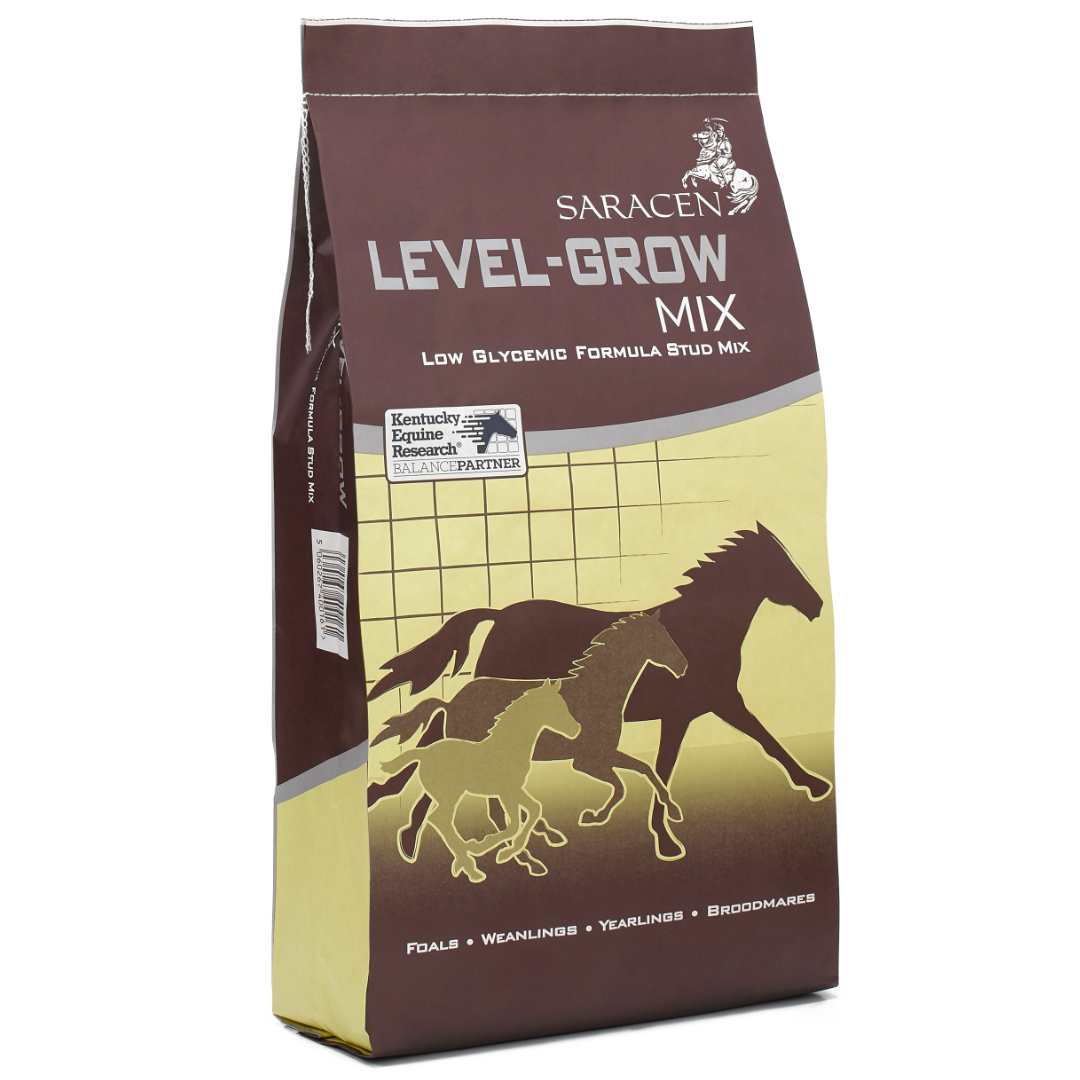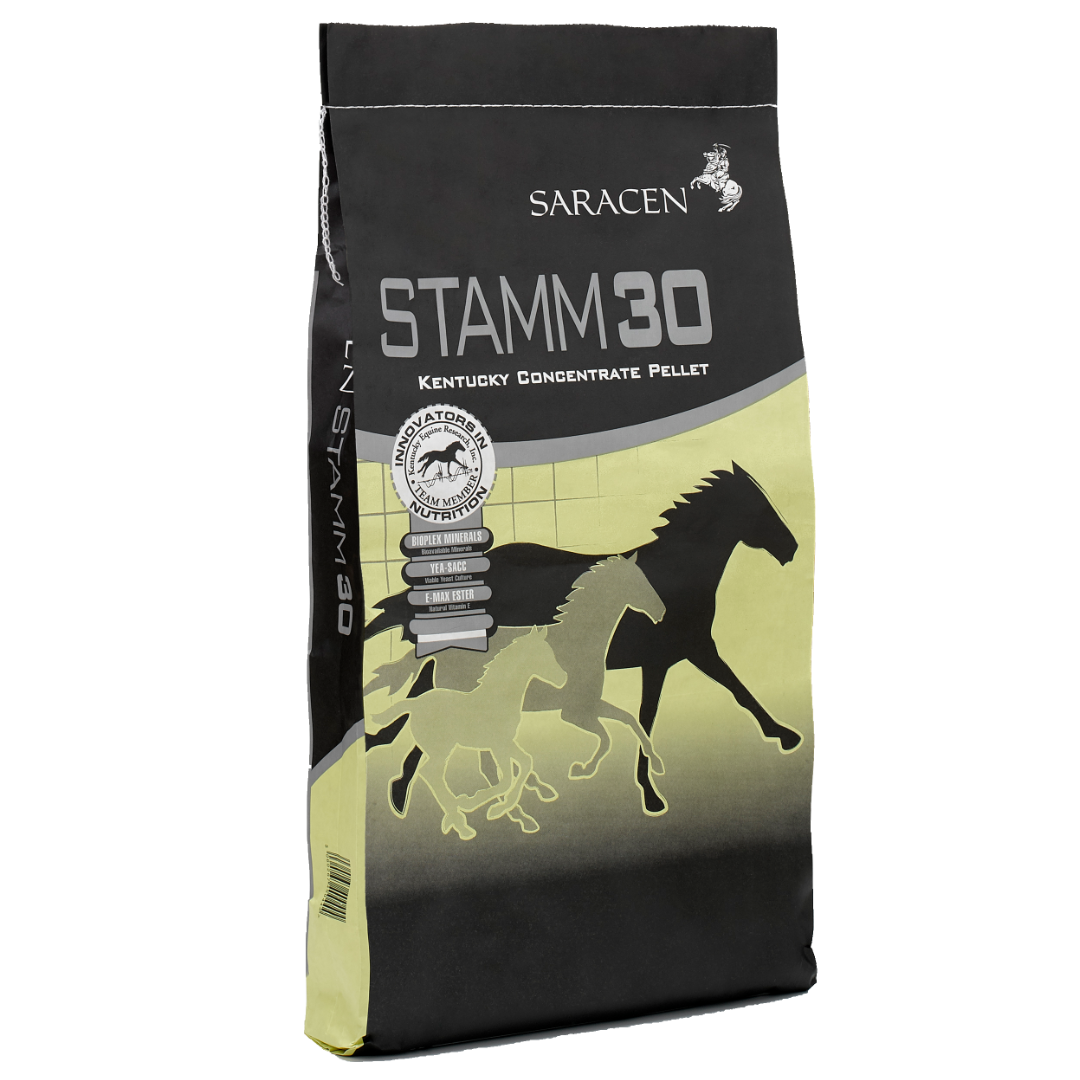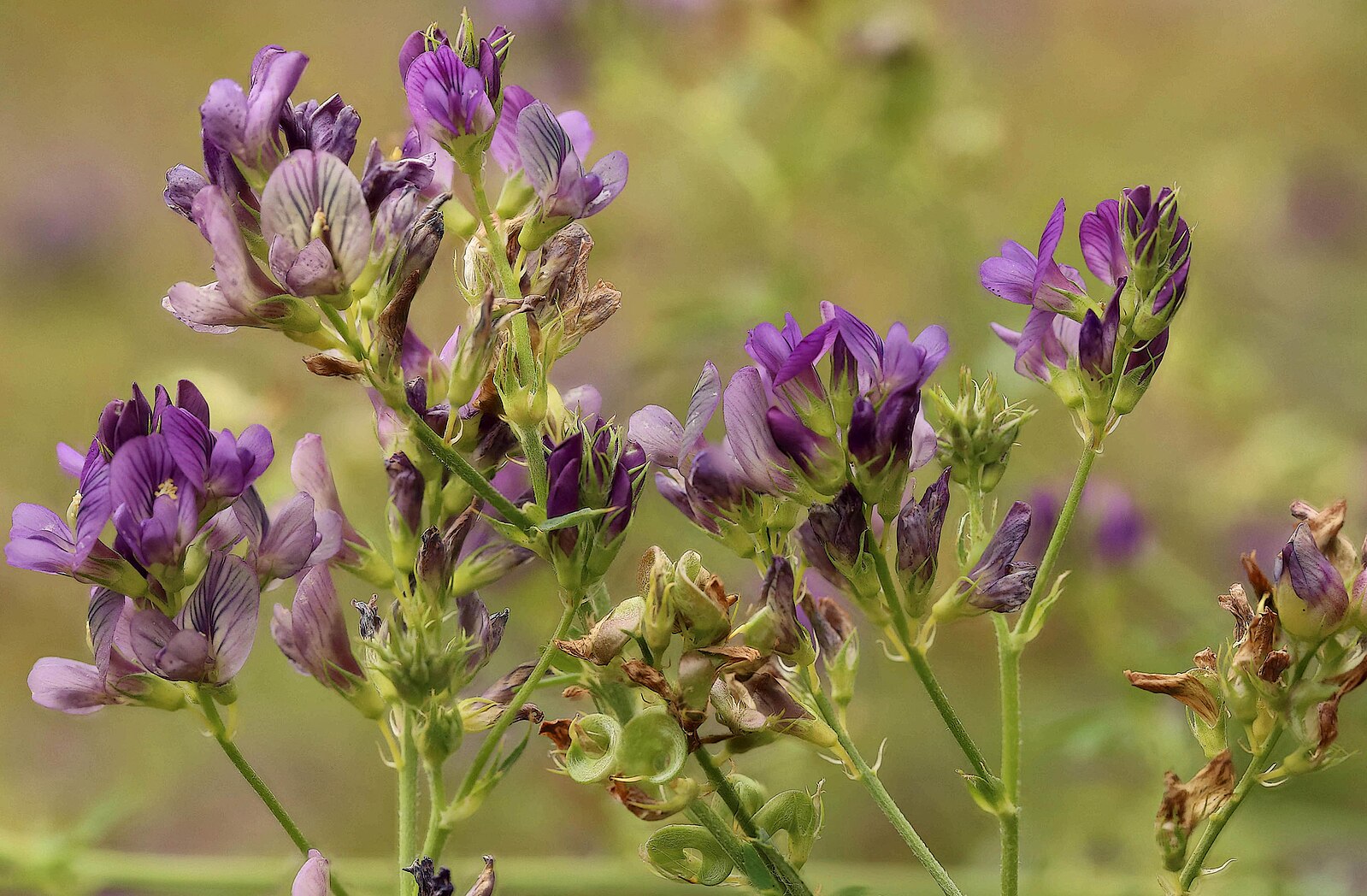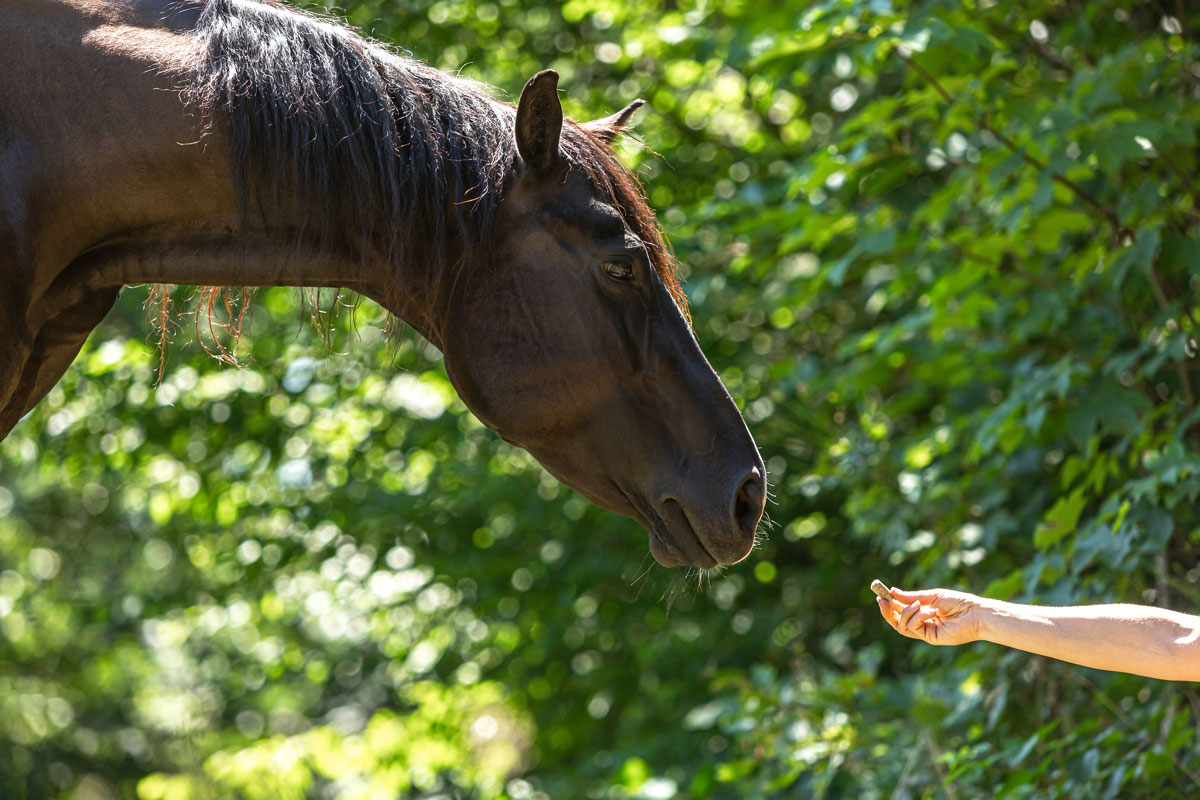We are in the throes of foal birth season . A wonderful time for horse lovers that gives us the joy of welcoming new lives into our stables.
Harrison Horse Care has always chosen to put the welfare of horses first.
This is precisely why there is always a desire to provide dedicated dietary advice for breeders and owners of mares, stallions and foals so as to promote their quality of life and well-being.
Specifically, the Saracen Horse Feeds breeding line is formulated for:
- Supporting foals during growth and development
- Provide adequate nutrition to pregnant and lactating mares
- Ensuring optimal nutrition for breeding stallions.
Saracen Horse Feeds feature a formulation that provides a complete and balanced nutritional intake, rich in vitamins and minerals essential to the health of all horses.
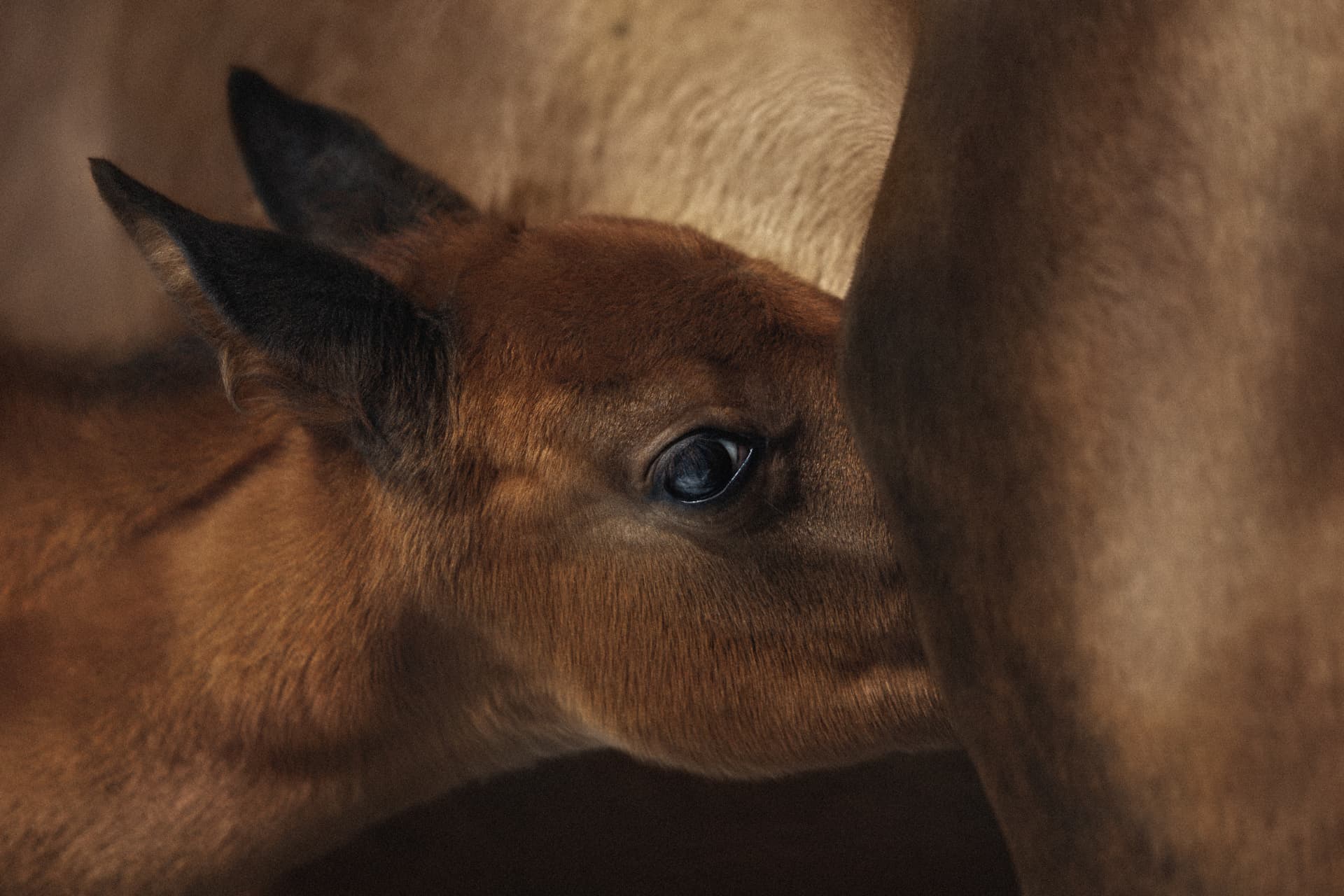
The feeding of broodmares
Mares, of course, play a central role during the birthing season. Their feeding is critical to provide the right intake at all the various stages, from conception to foal weaning.
A broodmare’s feeding program should be divided into three separate phases:
- Early stage of pregnancy-from conception to seven months of pregnancy
- Final stage of pregnancy – last four months of pregnancy, from seven months until delivery
- Lactation-usually five or six months from after delivery
The most common mistakes made in feeding mares are:
- Overfeeding in the early stage of pregnancy
- Too poor a diet during the breastfeeding period
Mare Care Mix is a feed specifically formulated for mares during late pregnancy andlactation. It contains high levels of vitamin E that can promote multiple aspects in the life of the broodmare, increasing the chances of a successful gestation. This feed contains fatty acids that can be transmitted from the mother to the foal through milk for richer milk and colostrum.
The feeding of the young foal
Expert research has shown a close relationship between the glycemic nature of nutrition and the incidence of skeletal disorders, such as osteochondritis dissecans (OCD) in young horses.
High-glycemic foods are those that produce a high glycemic response after eating, such as cereals and molasses, which occurs in cases of eating a diet rich in starches and sugars.
It appears that normal bone formation processes in foals are impaired in cases of high blood insulin concentrations (hyperinsulinemia) due to a diet too rich in starches and sugars.
Among the feeds in our Breeding Line, Level Grow Cubes and Level Grow Mix are suitable for not going wrong at such a delicate time in a horse’s life: they are low glycemic index feeds ideal for supporting growth, rich in vitamins and minerals. Both available in “Winter” and “Summer” versions.

The feeding of the stallion
Properly feeding breeding stallions with the intent of maintaining optimal physical condition often proves difficult in the organization of a stud farm. There are many factors to consider; some individuals are weakened at the peak of the breeding season while others gain too much weight.
To maintain the right balance, the best choice is to provide a properly balanced diet accompanied by an appropriate activity plan, continuously monitoring the stallion’s weight.
Only in this way can a stallion stay in good shape throughout the year and ready for the stud season with optimal condition.
How to manage the overweight stallion
Obesity brings with it a set of threats to the stallion. It can predispose the individual to laminitis,insulin resistance, and many other health problems.
Excess body weight, in various situations, can also cause heart problems and, specifically, to rupture of the aorta.
Some studies have also shown that stallions in an obese condition have a reduced libido resulting in a negative influence on its reproductive efficiency and fertility.
When body weight is an issue, stallions should have controlled and limited access to pasture, especially in spring. They should feed the bare minimum to ensure vitamin and mineral requirements.
A dedicated balancer for breeding subjects such as STAMM 30 can also be used for stallions to provide a compressed and consistent source of high-quality, low-calorie nutrients. Its very high-potential nutritional specifications often make it possible to reduce the amount of concentrate to be fed, while ensuring that necessary micronutrient levels are not compromised.
For any information and to ask for specific nutritional advice from our experts… Contact us!

